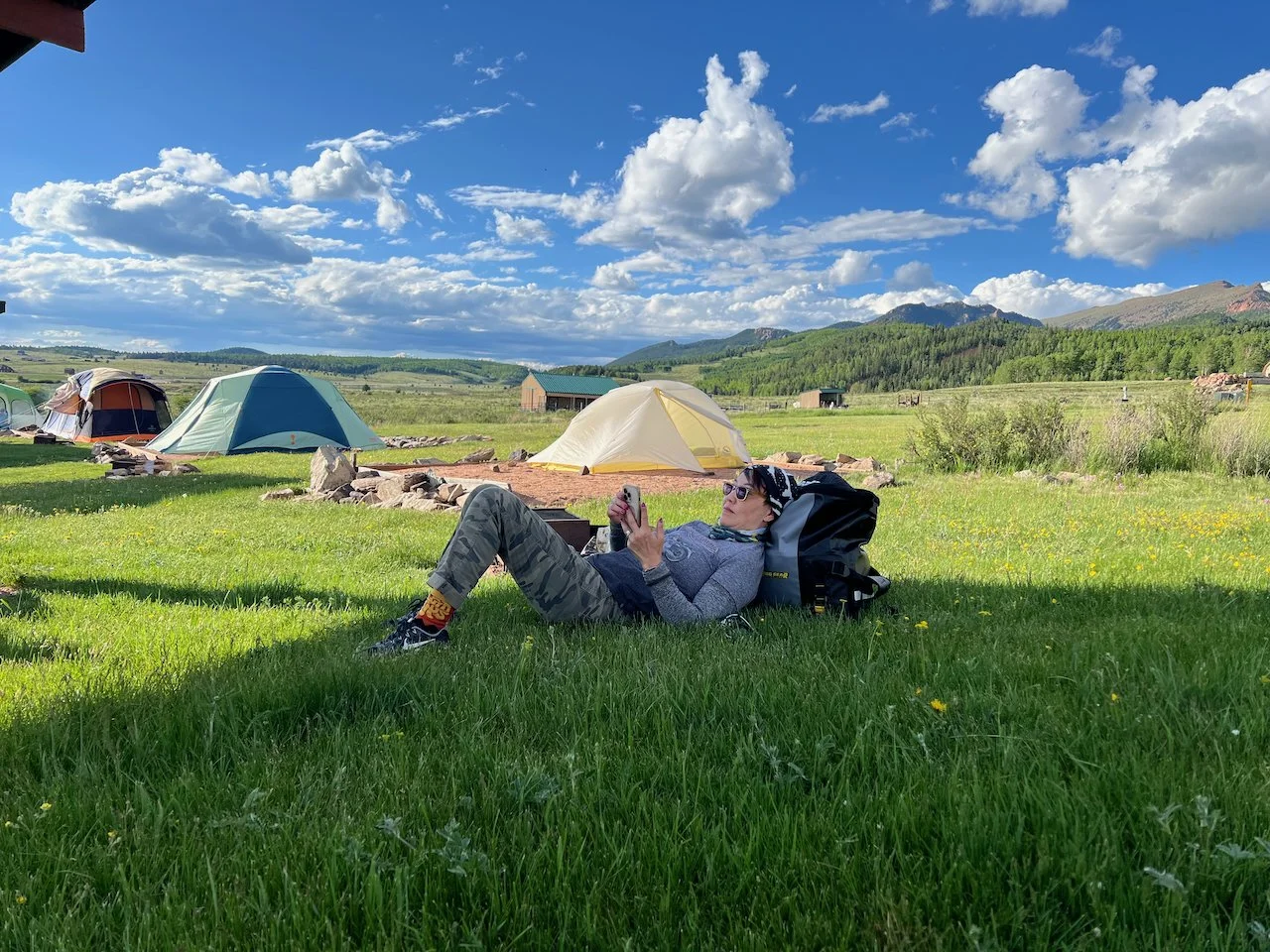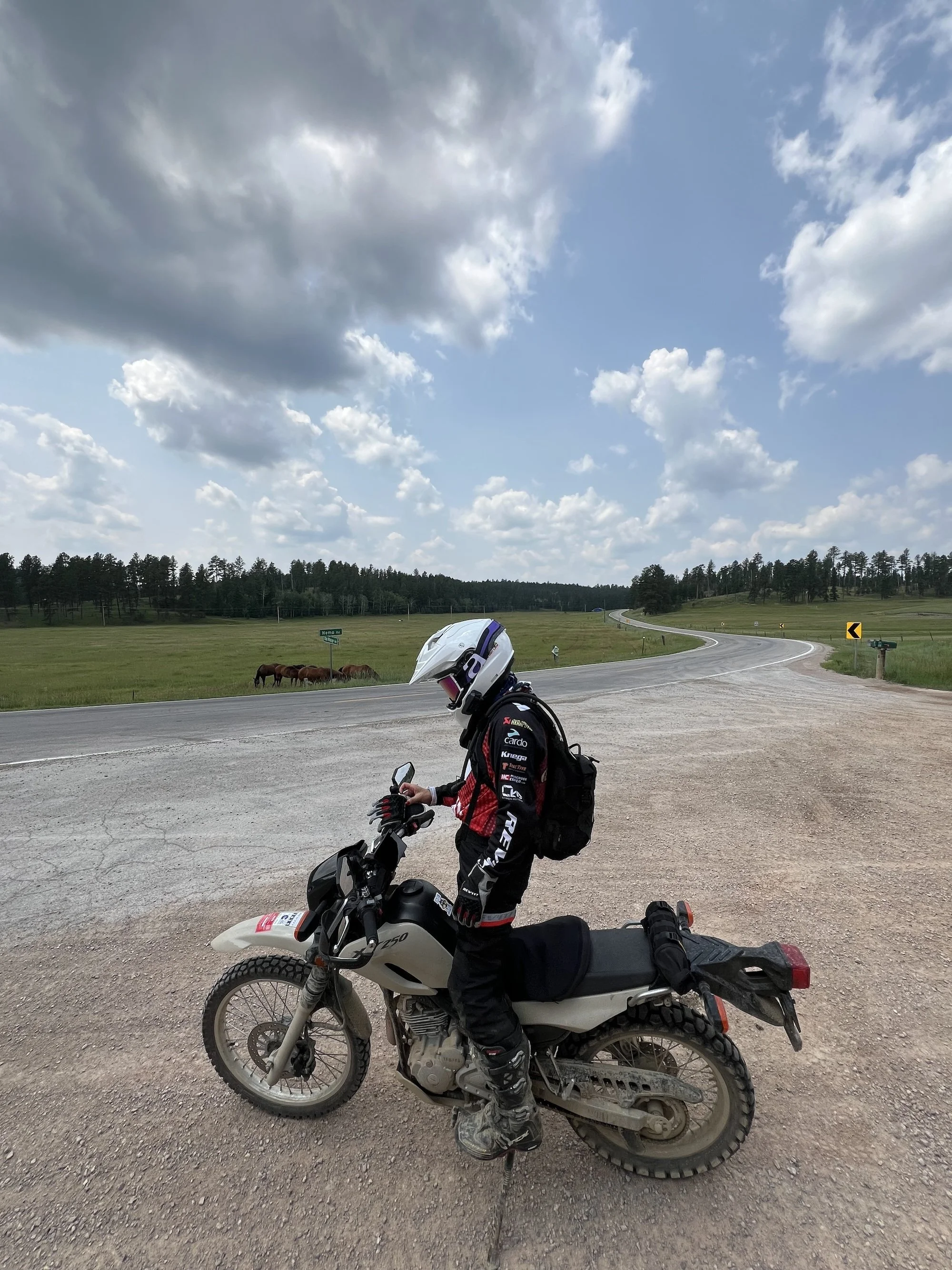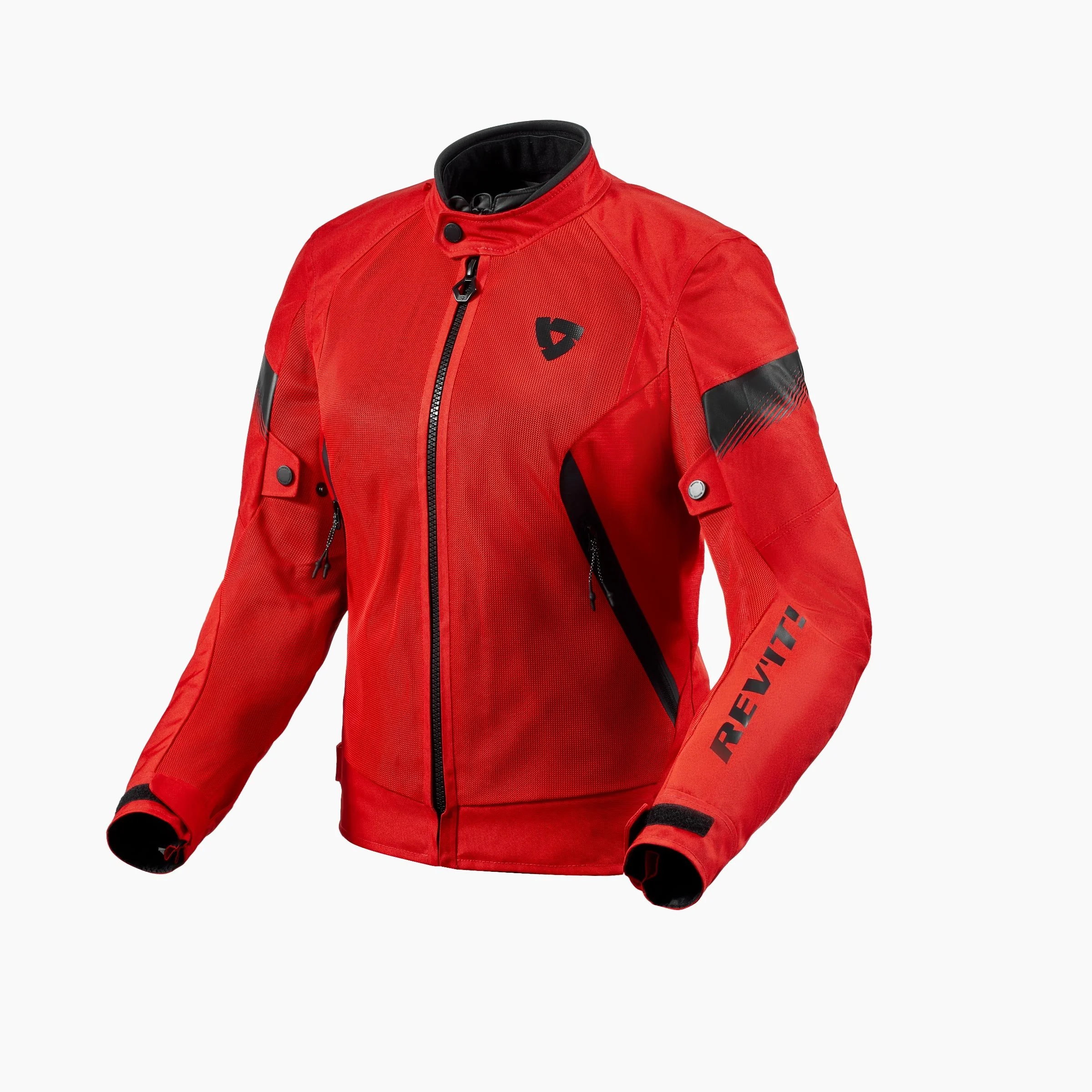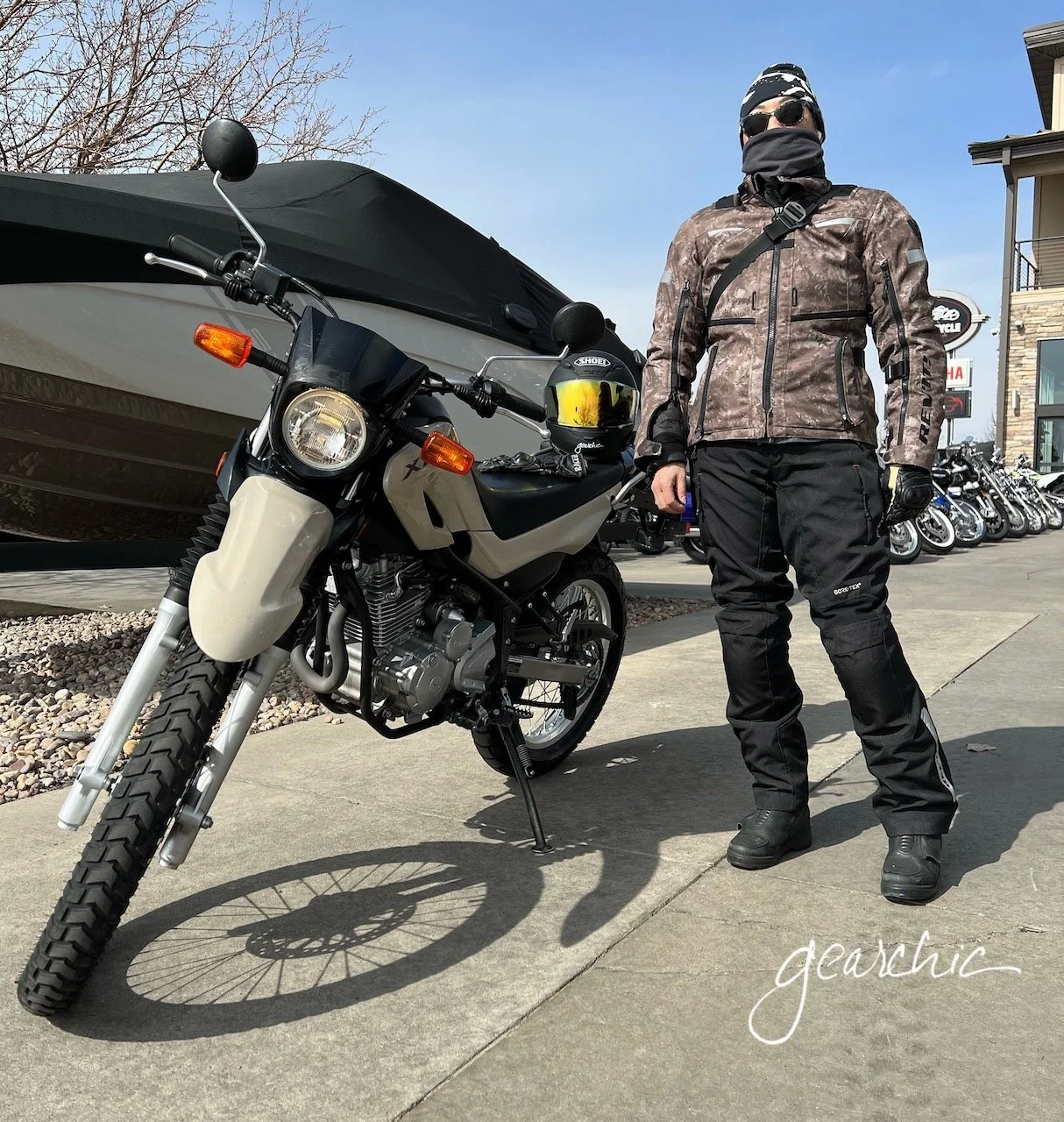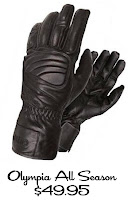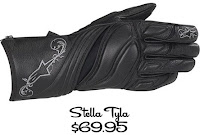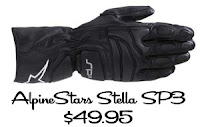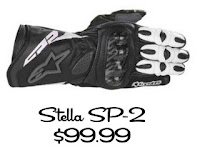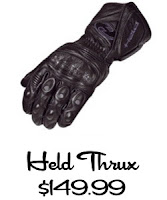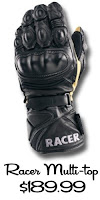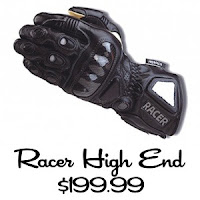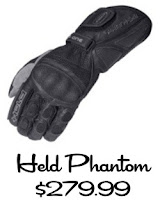As I was (finally!) riding around the city early this evening, first off to visit my friends at MotoJava (Hi Paul and Joe!), then to my monthly MSF Coaches meeting at Pauline's Pizza, I noticed something about the the fit on my Daytonas.

A friend of mine is selling her Size 37 Daytona Ladystars. (I'll try to get a link of some sort from her as soon as I can). If you've read anything that I've written about these boots, you will know that they run one full (European) size bigger than most other shoes. I'm a US 7 which is normally a Euro 37. However, I wear 36. That's just the way it goes, totally annoying, I know, but at least I'm here to tell you! My feet are a little wide, not EE wide, but wider than a lot of women who wear size 7 for sure. They're also a little thick around my instep (the area above the arch). So they can be a little snug getting into my boots. Not painfully so, but I can definitely tell that my boots are a little bit narrower there for me than normal. But if I went up a size, I would lose the fit in the length of my boots.
While I was shifting and enjoying the sights and sounds of San Francisco, I noticed that my toes actually touch the end of the boots. There isn't much room for any other movement, except wiggling my toes comfortably. Which is ideally how your motorcycle boots should fit. These are made for walking, so they were definitely designed for that in mind. None of my other shoes/boots fit that way. I usually have ~1/8" more space so I don't feel that. (Except for a couple of pointy toed heels which I can't avoid having this issue).
I think that when you buy normal street/casual boots, you want to buy them with much more room beyond your toes so that when you take a step forward, they aren't pushing up against the inside of the shoe/boot. I would say that is certainly the case with riding boots as well, however, keep in mind that riding position fit with shifting, putting your foot down, and putting your foot back onto the footpegs is a little more important. Putting on the boots, standing up and sitting down isn't going to give you any indication of what riding position is going to be like. So make sure you keep these things in mind when trying on protective boots, especially Daytonas.

